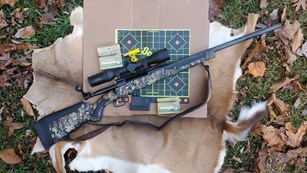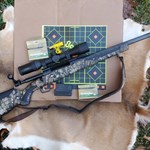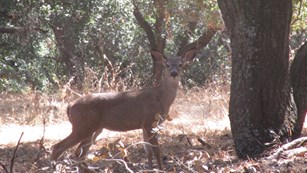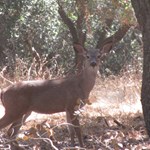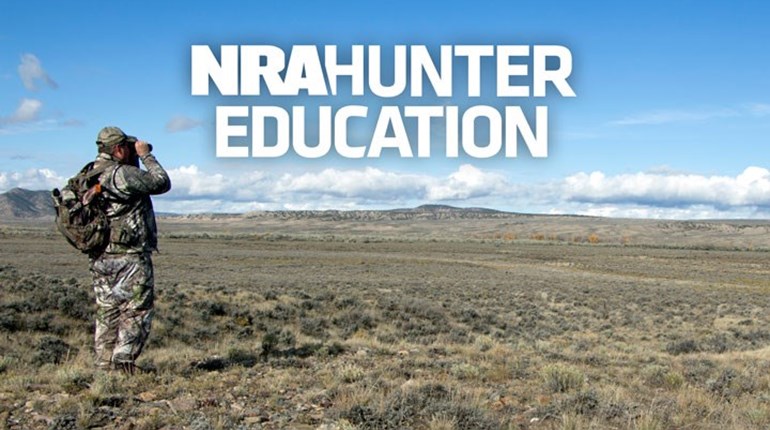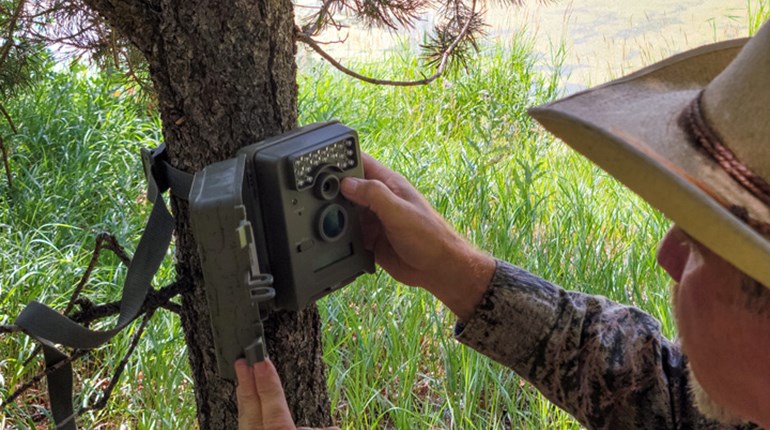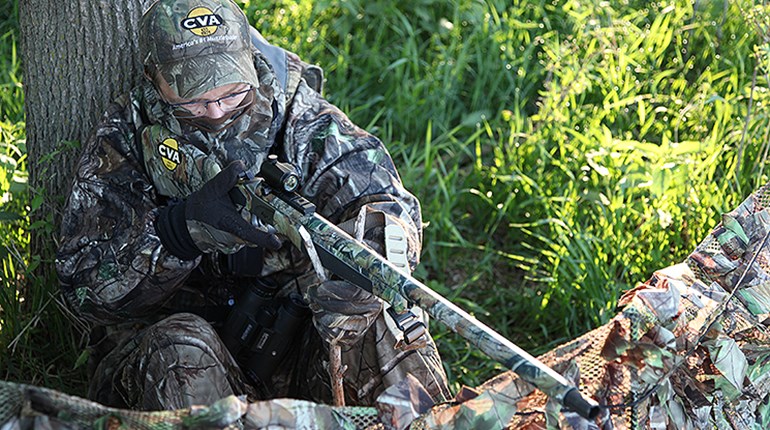
If I hadn't heard the brush crack, I probably wouldn't have seen the buck in the first place. Jumped by another hunter, the eight-pointer came slipping through some grapevines above my stand when, unexpectedly, he made a 90-degree turn and entered the open field beside me.
With the buck partially silhouetted against the skyline, I was faced with one of those split-second decisions that all hunters face at one time or another. To shoot or not to shoot, that was the question.
1. Always properly identify your target before shooting.
A hunter should never shoot through trees or brush at a noise, movement or dark shape. Instead, a hunter should positively identify his or her target and have a clear shot at the animal's vital area before pulling the trigger. If you're hunting deer or other big game, only shoot when you have a clear picture of the area behind the animal's front shoulder. For goose and other waterfowl, never shoot randomly into a flock. Always focus on a single bird and aim for the head and neck area. Doing otherwise could wound or cripple multiple birds. If you're hunting in a gender-specific season, such as spring gobbler, look for the defining characteristics of a male bird, such as feather and head color and the presence of a beard. If your state has antler restrictions for deer hunting, only shoot when you can clearly identify that a buck is legal.
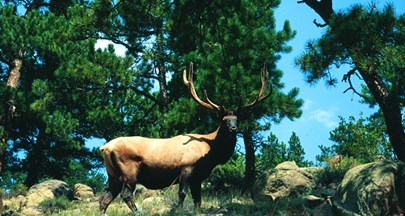 2. Always know what lies beyond your target before shooting.
2. Always know what lies beyond your target before shooting.
Based on this safety rule, I had to let that 8-point walk when he was silhouetted against the skyline. It's always best to wait until you have a solid backstop beyond your target, such as a hillside, or to shoot downward from an elevated stand. You should never shoot toward the crest of a hill. If a home, barn or other building sits on the property you hunt, be mindful of its presence and never shoot at game in its direction, no matter how confident you are of your marksmanship abilities. No trophy is worth the price of putting another person at risk, so if the final landing place of your shot is in question, don't take it.
3. Be aware of the location of other hunters and never shoot in their direction.
When hunting with others, it's important to know their location and set a "zone of fire" so that each hunter in the group knows exactly where he or she may shoot without putting others in danger. For example, if three pheasant hunters walk abreast through a field, the middle hunter's zone of fire would be any flushes directly in front of him or her. The hunter on the right would only take shots offered directly in front or to the right, and the third hunter's zone would be any shots in front or to the left. In addition to knowing the location of the hunters in your own party, always be on the lookout for other hunters who may be near you, and never shoot in their direction. Likewise, when hunting birds or rabbits with a dog, be aware of the dog's location and never shoot rabbits or low-flying birds in the dog's vicinity.
4. Know your limitations and be aware of the maximum range of your firearm or bow.
If knowing when to shoot is one of the most important skills for a hunter to possess, competency with one's equipment is equally essential. Practice often with your firearm or bow in hunting-type scenarios and understand your level of proficiency. In short, know your range. If you feel confident you can make a 100-yard shot, don't take "pot shots" at a deer 300 yards away. If you practice 30-yard shots with your bow, don't panic and take a bad shot at a deer 45 yards away. Similarly, if a deer is running at full speed, hold your shot and wait for the deer to stop or slow down before shooting. While it's important to recognize your own abilities, it's also key to understand your equipment's capabilities. While a 12 gauge with 3-inch shells might do the trick on a turkey at 30 to 40 yards, don't try to extend that range and take a bad shot at a tom that's hung up 50 yards out.
It's no exaggeration to say that sometimes the shots you don't take are more important than the ones that you do. Putting another person at risk or crippling game is too high a price to pay for being impatient and taking a bad shot. Learning these basic shooting rules will allow you to differentiate between a good shot and a bad one, making you a safer, smarter hunter in the long run.









